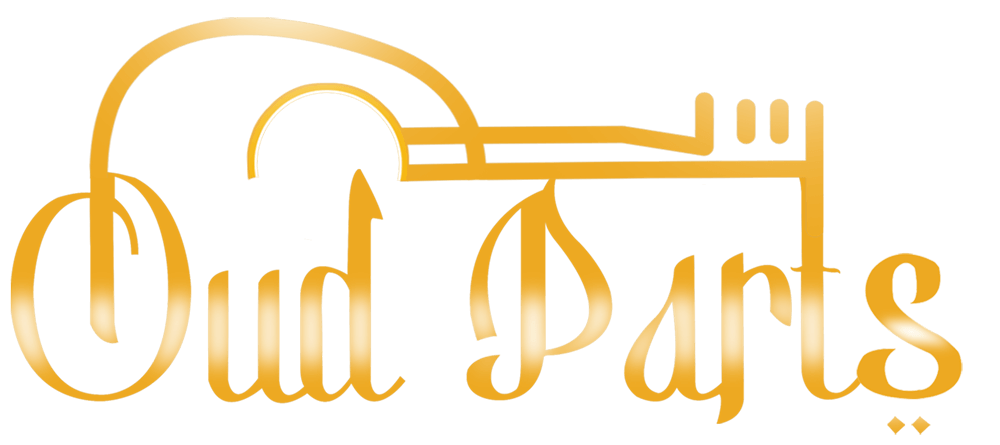
The Oud, an ancient stringed instrument with a soul-stirring appeal, captivates listeners with its enchanting melodies. Central to producing these mesmerizing sounds is the Oud plectrum, a small yet powerful tool that plays a crucial role in the instrument’s playability and tonal quality. Here we’ll uncover how the Oud plectrum works and the magic it unleashes in every pluck.
What is an Oud Plectrum? An Oud plectrum, also known as a “risha” in Arabic, is a small, thin, and pointed tool typically made from materials like plastic, tortoiseshell, horn, or even wood. It is held between the thumb and index finger of the player’s right hand (for right-handed players) to pluck and strike the strings of the Oud.
- Plucking Technique: Unlike many other stringed instruments that use fingers to pluck or strum the strings, the Oud players a plectrum. The player positions the plectrum at an angle against the strings and then plucks or strikes the strings with a controlled motion. This technique allows for precise and rapid movements, enabling the player to explore intricate melodic patterns and rhythmic variations with ease.
- Enhancing Sound Projection: The Oud plectrum enhances the sound projection of the instrument. Its pointed tip allows the player to strike the strings with precision and force, creating a crisp and distinct attack on the notes. This clarity in attack ensures that each note produced by the Oud is heard with exceptional clarity, even in intricate and fast-paced passages.
- Balancing Tonal Qualities: The choice of material for the Oud plectrum also influences the instrument’s tonal qualities. Different materials can produce varying degrees of brightness, warmth, or articulation. Players often experiment with plectrums made from different materials to achieve their desired tonal characteristics, tailoring the sound of the Oud to suit their musical preferences and the genre they are playing.
- Preserving the Strings: Using an Oud plectrum helps preserve the longevity of the strings. The smooth, rounded edge of the plectrum reduces friction and wear on the strings during plucking, minimizing the risk of string breakage and extending their lifespan. This is especially valuable considering that Oud strings can be delicate and sensitive to stress.
- Art of Plectrum Selection: Selecting the right Oud plectrum is a deeply personal choice for the player. Each material and design can offer a different playing experience, and players often develop a preference for a specific type of plectrum based on their playing style and musical expression.
Conclusion:
The Oud plectrum may be small in size, but its impact on the instrument’s playability and sound production is immense. With its ability to provide precise plucking, enhance sound projection, and balance tonal qualities, the Oud plectrum is an essential tool in unlocking the enchanting melodies that resonate from this ancient instrument. Whether in the hands of a skilled musician or a passionate learner, the Oud plectrum is a key to unleashing the magic that lies within the strings, allowing the Oud to sing with its soulful voice and captivate audiences worldwide.
